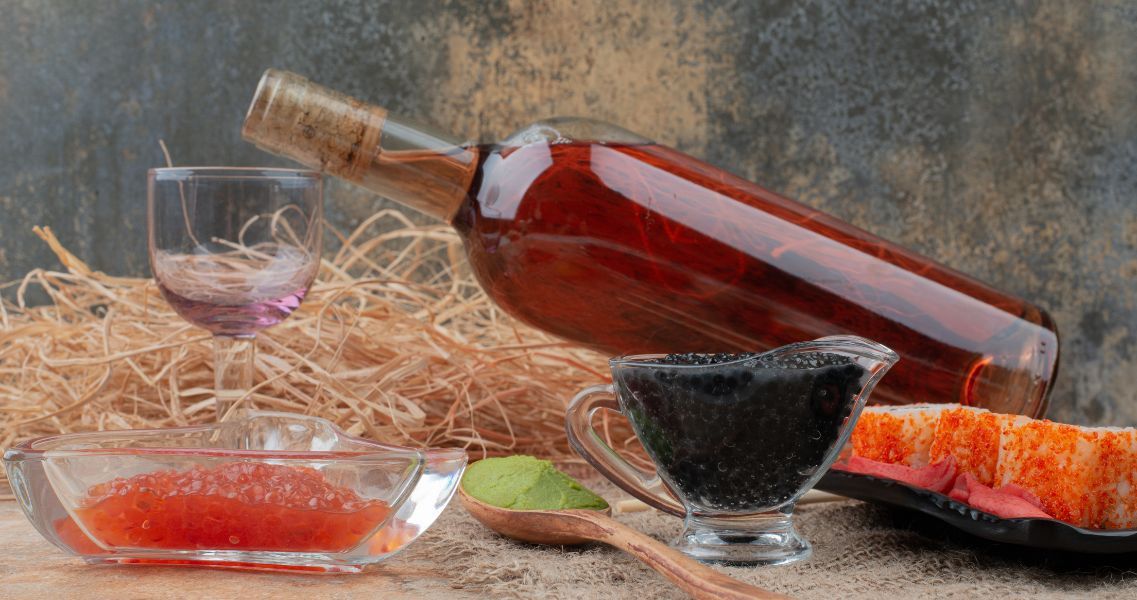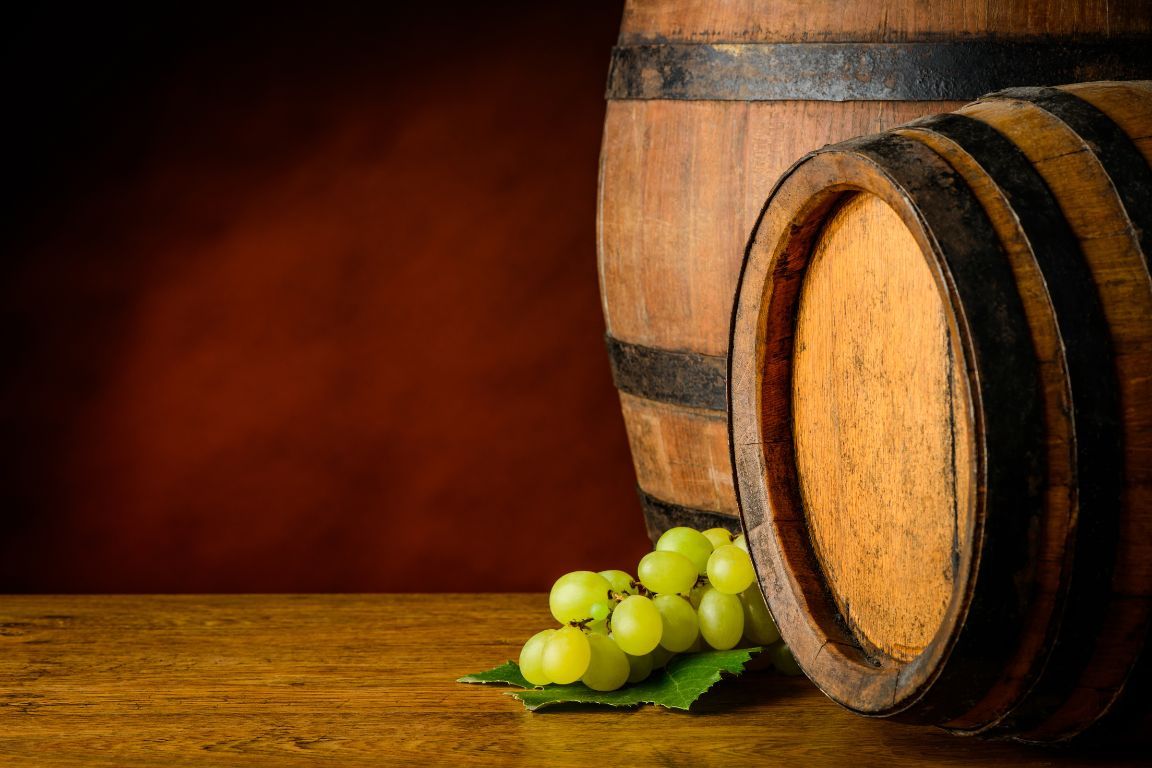The Tempranillo wine comes from the grape of the same name and is one of Spain’s most iconic varieties, known for its adaptability and the quality of the wines it produces.
At Excellent Cork, as manufacturers of synthetic corks, we are passionate about oenology. Discover everything about the meaning of Tempranillo!
The Term “Tempranillo” in the Wine World
What is a Tempranillo wine? In the wine world, it refers to a wine made from a native Spanish grape variety that stands out for its quality and balance of body, tannins, and acidity.
Origin and Etymology of the Tempranillo Grape
This wine owes its fame to the Tempranillo grape, whose name comes from the Spanish word *“temprano”* (early), referring to the grape’s early harvest compared to other varieties.
Meaning of the Name “Tempranillo”
The meaning of Tempranillo in wine refers to a red wine made from grapes harvested earlier than usual, known for their aromatic and fruity flavor. The grape shares the same name and is one of the most widespread varieties in Spain.
History and Evolution of the Variety
Its origin is believed to lie in the Ebro River basin, covering regions such as La Rioja and Navarra. The Tempranillo grape is considered a hybrid of the Benedicto grape, native to Aragón, and Albillo Mayor from La Rioja.
Today, it is one of the most widely cultivated varieties in Spain and is even expanding into countries like Mexico and Australia.
Main Characteristics of the Tempranillo Grape
Tempranillo grapes have unique traits that give their wine a distinctive touch. Some of these include:
- It’s an early-ripening variety with a short growing cycle.
- The grape clusters are uniform in size and color, with well-defined shoulders.
- The musts are medium-colored, with low tannin load and low acidity.
- It is very aromatic, making it ideal for wines produced using carbonic maceration.
- Suitable for long aging periods due to the complexity of its tannins.
If you’re looking for a closure that preserves the properties of Tempranillo wine throughout its evolution, explore our synthetic corks. They’re ideal for preserving flavor, aroma, and structure in both aged and young wines.
Top Wine Regions for Tempranillo Cultivation
The Spanish regions most noted for cultivating and producing Tempranillo red wine are:
- La Rioja: considered the birthplace of Tempranillo. It’s known for high-quality wines that blend with various grape varieties, mainly Tempranillo. These wines are admired for their elegance and long aging potential.
- Ribera del Duero: locally known as Tinto Fino or Tinta del País. These are intense and well-structured varieties. The region’s varying climate—with hot days and cool nights—enhances the depth and complexity of its wines.
- Toro: in this region, the grape is also known as Tinta de Toro, producing bold and powerful wines with intense flavor concentration and great aging capacity.
- Navarra: although traditionally known for rosé wines, Navarra has increasingly produced high-quality red wines like Tempranillo, often blended with other varieties.

Synonyms and Alternative Names for the Tempranillo Grape
Some of the most common synonyms for Tempranillo include:
- Tinto Fino
- Tinta del País
- Tinta de Toro
- Tinta Roriz
- Aragonez
- Cencibel
- Ull de Llebre
Importance of Tempranillo in Spanish Viticulture
Tempranillo holds great significance in Spanish wine culture as it is one of the country’s most iconic and beloved grape varieties. It’s cultivated and produced primarily in Spain and is a versatile option, perfect for food pairings thanks to its balanced acidity and unique aromas.
Curious about how innovation supports wine tradition? Discover our commitment to technology applied to wine closures and how it helps preserve the essence of Tempranillo.
Frequently Asked Questions About Tempranillo Wine
Why is this grape variety called Tempranillo?
Tempranillo refers to the early harvest time of the grape compared to other varieties.
Is Tempranillo wine always red?
Tempranillo is usually red due to the color of the grape, but rosé versions can also be found.
How does aging affect Tempranillo wines?
As with most wines, aging influences quality and flavor. The longer it matures, the more complex the flavor becomes.
What’s the difference between young and aged Tempranillo?
Young wines have violet hues, while aged ones take on brick-red tones due to prolonged contact with wood. Younger Tempranillo tastes of red fruits, whereas aged versions develop spiced notes like licorice or leather.
Is Tempranillo cultivated outside of Spain?
While mainly grown in Spain, the Tempranillo grape has expanded to other countries with suitable climates, such as Australia and Mexico.





